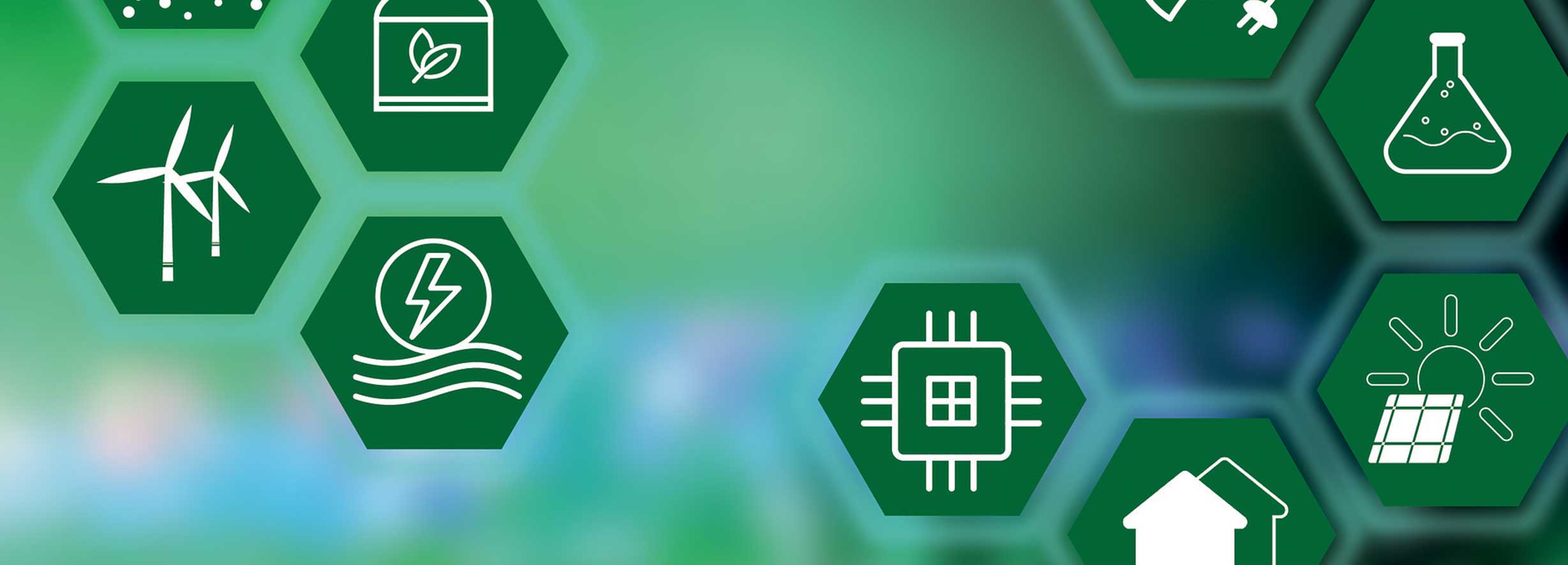
Green Hydrogen: Explained
As the world works to transition to sustainable energy sources, one green energy source that has become popular in the news recently is green hydrogen. Experts agree that green hydrogen will be essential to meeting the goals of the Paris Agreement. President Joe Biden has promised to use renewable energy to produce green hydrogen that costs less than natural gas. The Department of Energy is investing up to $100 million into the research and development of hydrogen and fuel cells. Plus, a McKinsey study estimated that by 2030, the U.S. hydrogen economy could generate $140 billion and support 700,000 jobs. Green hydrogen is proving to be an important part of the global energy transition.
What is green hydrogen?
Green hydrogen is defined as hydrogen produced by splitting water into hydrogen and oxygen using renewable electricity through a process called electrolysis. This results in very low carbon emissions (gh2.org). There are many ways of producing hydrogen energy. It can be used in gas or liquid form and can be converted into electricity or fuel.
What are the benefits of green hydrogen?
- Hydrogen’s supply is virtually limitless. It can be used where it is produced or transported elsewhere.
- Green hydrogen can be stored in existing gas pipelines to power household appliances.
- Hydrogen can also be used with fuel cells to power anything that uses electricity, such as electric vehicles and electronic devices.
- Hydrogen fuel cells don’t need to be recharged and won’t run down, so long as they have hydrogen fuel.
References:
https://news.climate.columbia.edu/2021/01/07/need-green-hydrogen/
https://gh2.org/what-green-hydrogen
